John Quincy Adams
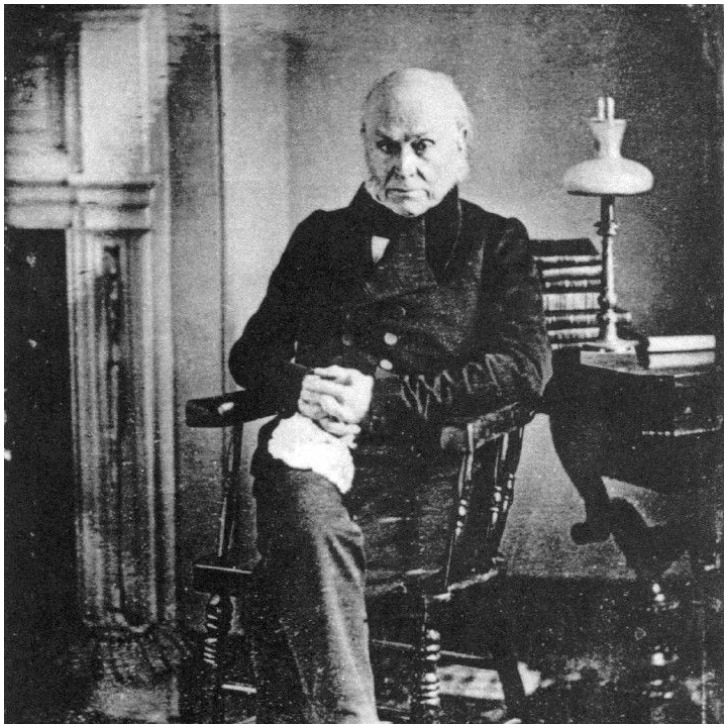
Before serving as the sixth president of the United States, John Quincy Adams used to be the country’s Secretary of State for almost ten years. Aside from that, Adams also took on other positions throughout his career, yet it seems he was destined to hold the highest seat in the country as his father, John Adams, occupied the same position during his time.
Fortunately, no one will ever forget Adams’ incredible contribution to society, all thanks to this picture captured in 1843. It’s not a sharp shot as one would hope, yet it’s worth noting the outcome is excellent considering this is quite old!
Charles Darwin
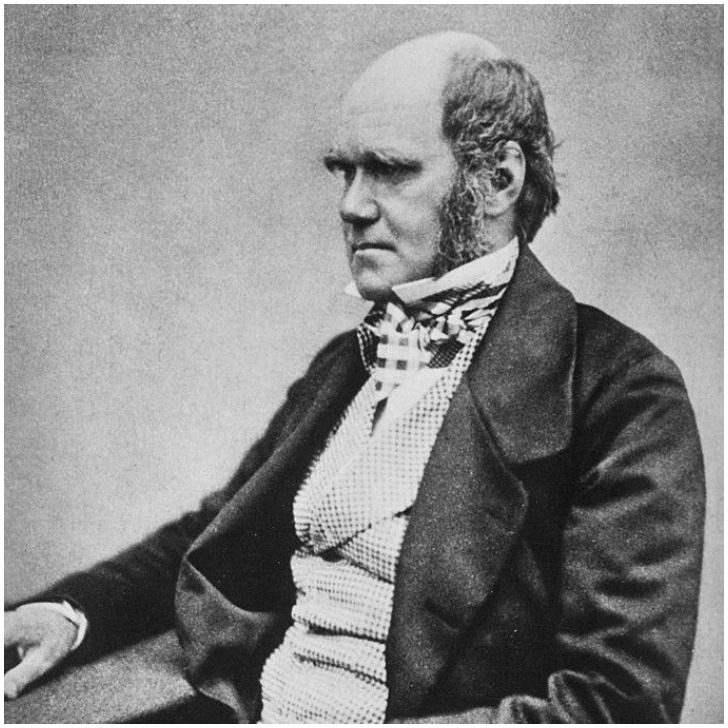
As far as famous scientists go, Charles Darwin is among those whose impact resonates even today. His influence spanned from literature, science, and even politics, helping shape young minds for the future. Yet, amidst his popularity, not many folks have actually seen this brilliant man in photos, except maybe in a few schoolbooks.
Being born in the early 1800s meant photography wasn’t easy to get by. Well, Darwin finally had the opportunity to have a self-portrait in 1854. We’re sure this shot inspired a lot of wannabe scientists who hoped to follow in his footsteps.
Uncle Sam
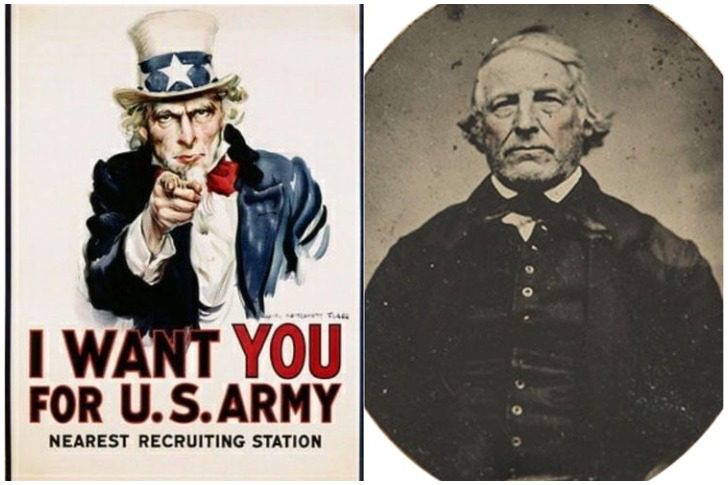
Believe it or not, some folks don’t realize that Uncle Sam isn’t some fictional character – he actually existed. To be fair, that notion is quite common, considering we’ve mostly seen him in army posters growing up. In a nutshell, Uncle Sam’s real name is Samuel Wilson, a former meatpacker from Troy, New York.
Uncle Sam used to supply meat during wartime, mostly shipping them in giant barrels. Interestingly, his fame and assistance reached other troops, which is why he eventually became the face of soldier recruitment. His iconic signboard will always be remembered, but here’s an 1850 photo of Uncle Sam so that we won’t forget his real face.
Daniel F. Bakeman
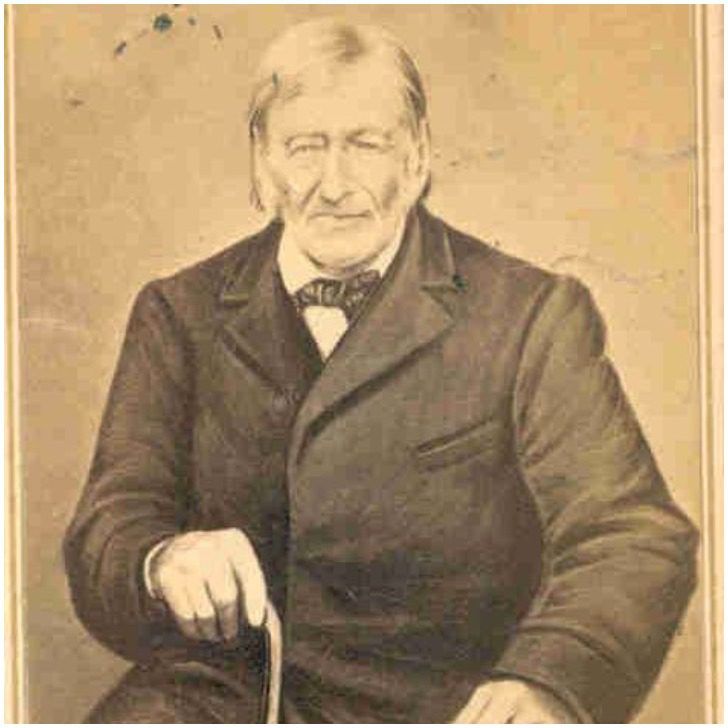
The name Daniel F. Bakeman might not ring a bell for most people unless if that person is a history nut. His incredible life story began when he was recruited as a private during the American Revolution, but it doesn’t stop there - Bakeman apparently participated in the Battle of Johnstown in 1781!
Just before his demise on April 5, 1869, Bakeman was photographed at aged 109 looking sharp as ever. Indeed, he will forever be memorialized as the last person awarded a veteran’s pension for his involvement in the Revolution. What an amazing man!
Frederick Douglass
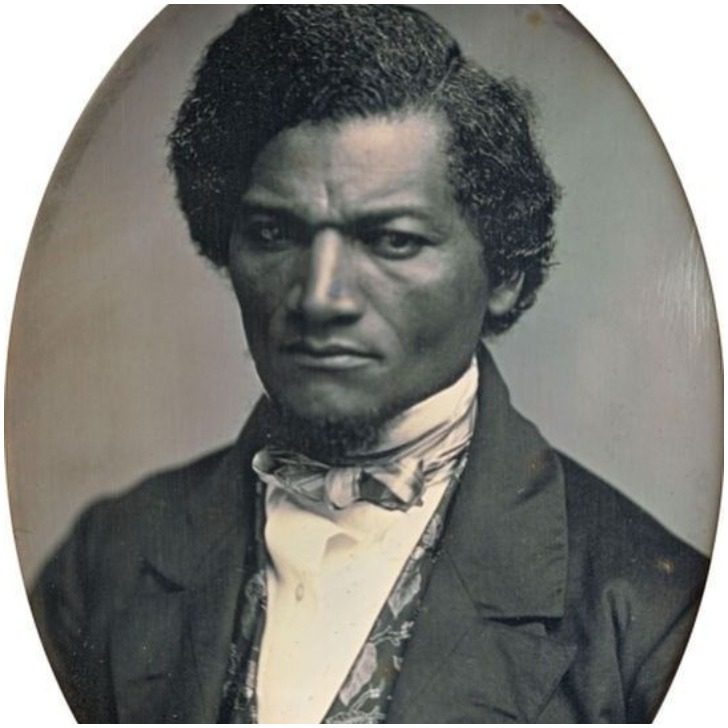
Frederick Douglass’ face may be downright intimidating in this picture, but don’t let his expression overshadow the fact that he’s one remarkable hero. At the height of slavery in Maryland, Douglass managed to escape and use his freedom to help others in the same predicament.
Due to his previous harrowing experience, Douglass wanted to change how other people saw him, which is why he’s often seen with a serious look on his face. Public image aside, we can’t help but highly applaud the guy for his successful mission during the abolitionist movement – smirk or no smirk.
John Tyler
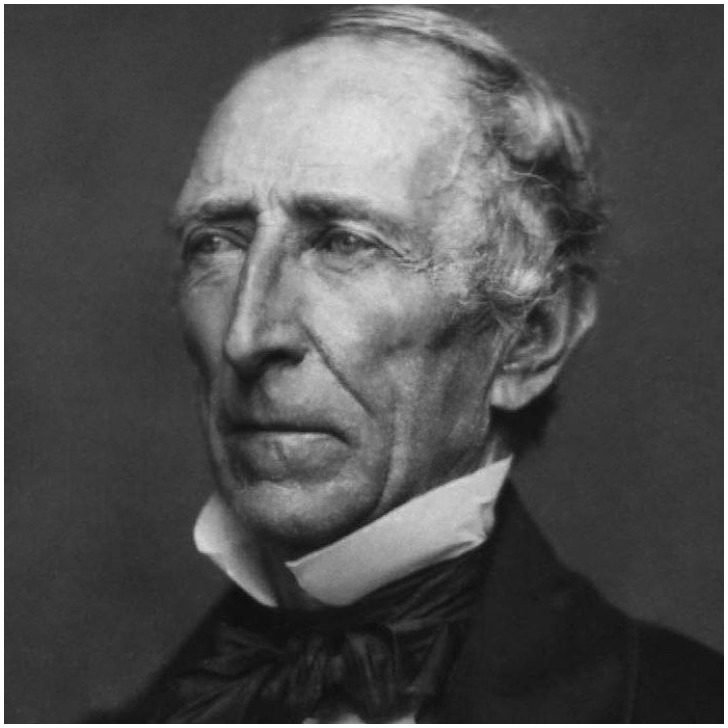
Check out this rare 1845 photo of John Taylor, the former vice-president who eventually became the tenth president of the United States. He stepped into the role shortly after William Harrison’s unexpected passing and campaigned for states’ rights for the duration of his career. Due to his sudden rise to power, Tyler’s relationship with other political parties was compromised.
Despite being quite unpopular amongst the masses, he’s also had a few noteworthy achievements, such as the Webster-Ashburton Treaty and the Treaty of Wanghia. Nevertheless, Tyler remains to be among the least favored former leaders.
Emily Dickinson
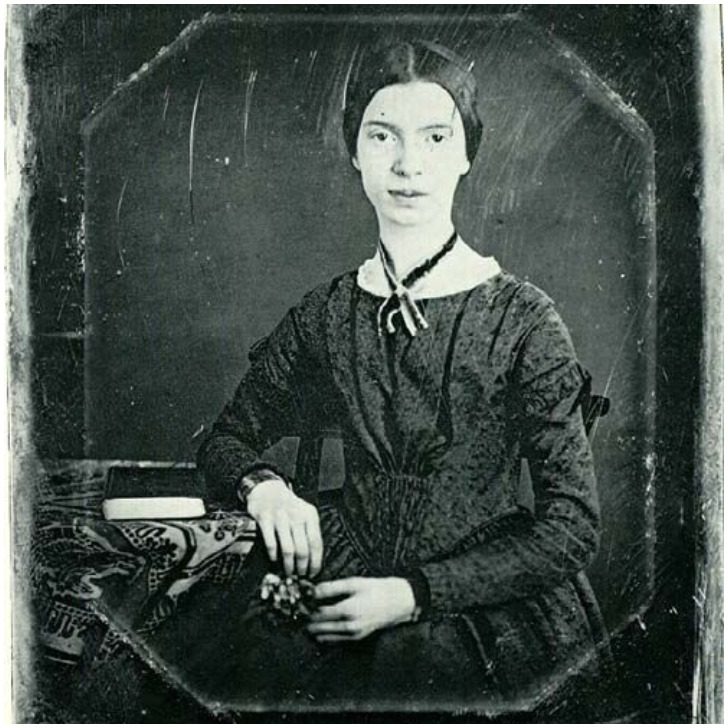
Everyone knows how Emily Dickinson changed the world of literature even at a young age. She gained a massive following for her poetic works even decades after her demise, yet it’s interesting to note how she spent a considerable chunk of her adulthood away from people.
Dickinson preferred to live by herself and didn’t establish any form of relationship with others, be it platonic or romantic in nature. Suffice to say, this haunting photo of Dickinson serves as a reminder of her lonely nature, which likely helped her pen over a thousand poems in her lifetime.
Billy the Kid
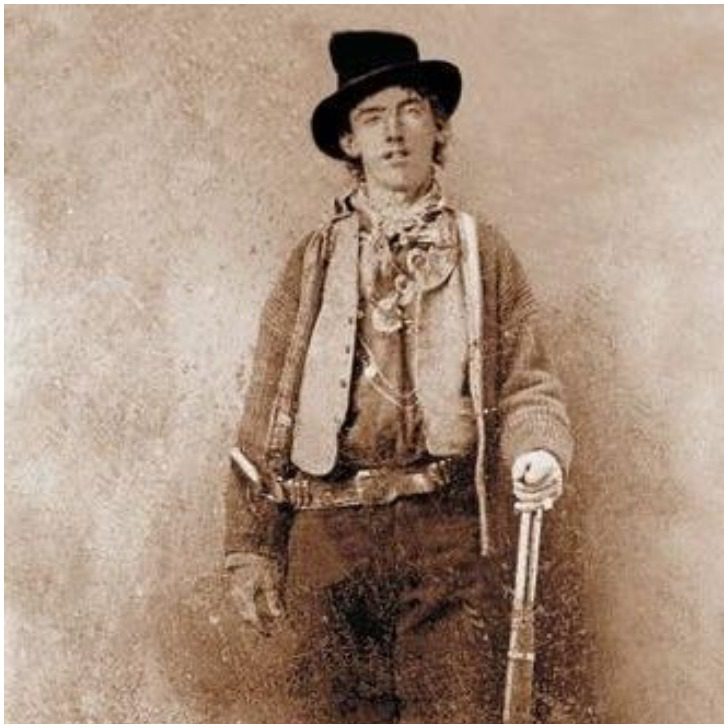
Billy the Kid is definitely one of the most well-known figures of the American Old West. Born Henry McCarty, Billy was an infamous outlaw amongst several towns due to his track record. Before his capture and passing in 1881, he fought in a war and continued his spree of wrongdoings in New Mexico.
Over the years, Billy has picked up several aliases, like William H. Bonney, to cover his tracks since becoming a fugitive. His reign of terror finally ended after an encounter with the authorities left him severely wounded. Indeed, folks can’t help but be interested in Billy the Kid’s short and intriguing life despite the vile acts.
Abraham Lincoln
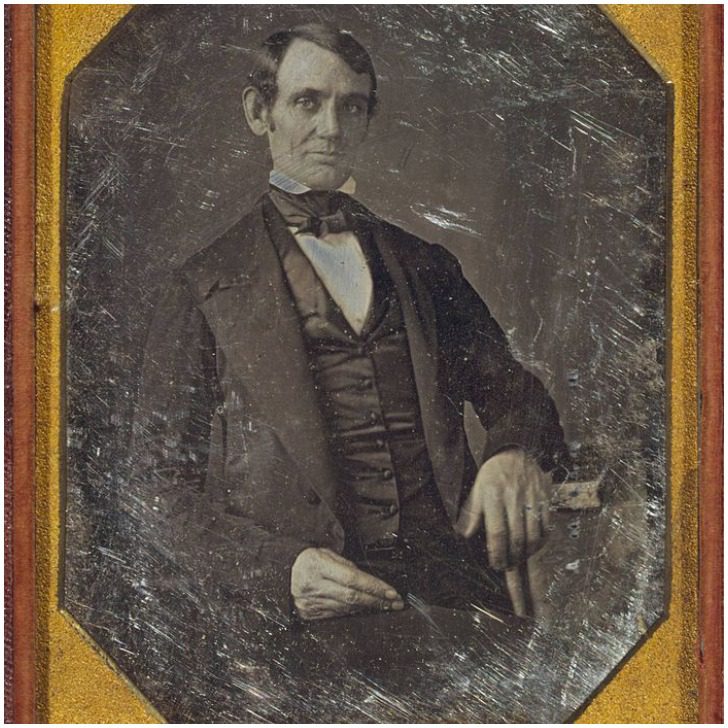
We’ve all seen Abraham Lincoln’s pictures back when he was elected as president, yet there isn’t a lot when it comes to his former life as a congressman. In this picture, Lincoln was only 37 years old, roughly 15 years before he’d become the most powerful man in the United States.
He officially became the country's sixteenth president in 1861 and issued the Emancipation Proclamation just a year before his untimely passing. Thanks to his legacy, people from all walks of life get to enjoy freedom and equality. What a hero!
Franklin Pierce
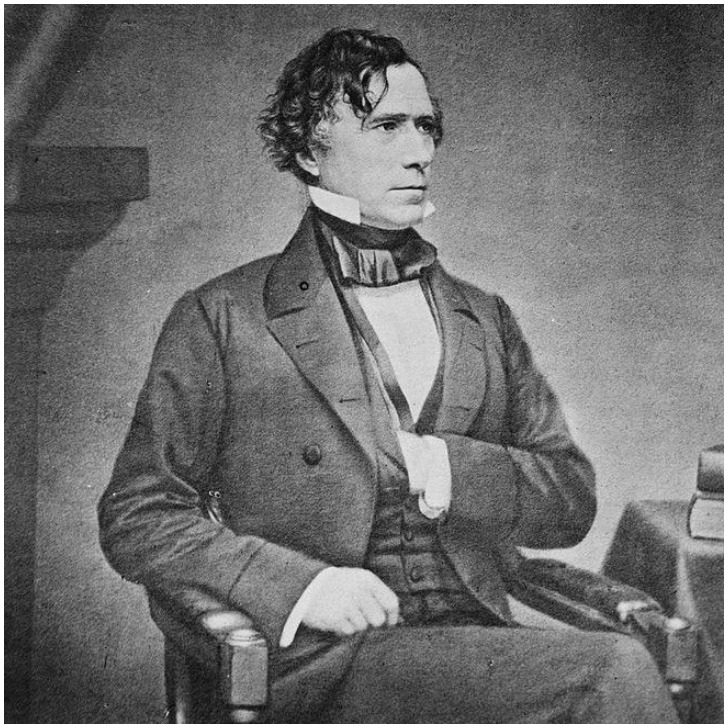
Not all presidents were beloved by their constituents, and unfortunately, Franklin Pierce is one of them. One would think being the fourteenth president would get all the respect in the world, yet it was the complete opposite for Pierce, especially since he wasn’t in favor of the abolitionist movement. Unlike his peers, Pierce considered the initiative detrimental to the country.
Additionally, Pierce wasn’t a big fan of Abraham Lincoln as well and often criticized his efforts toward ending slavery. Sure enough, he got even more flak for his beliefs after Lincoln’s tragic end. In any case, here’s a photo of Pierce taken during his presidential term.
Harriet Tubman

Anyone who has followed the history of the United States knows who Harriet Tubman is. The confident, strong lady is widely remembered for her involvement in the abolitionist movement during the 1800s, playing a massive role in the Underground Railroad scheme.
While photography wasn't readily available at the time she was around; we're glad that there are at least a couple to remember this leading lady by. This one, for instance, was taken in 1868 when she was 46 years old. Also, did you know her birth name was Araminta Ross?
Robert E. Lee

We all want to be remembered for the excellent character traits we portrayed or the lives we led, but Robert E. Lee made it to the history books for all the not-so-good reasons. The former Civil War Confederate general was mainly known for his views on servitude and his contentious nature.
Born in 1807 to a war veteran parent, Lee is still debated to date for some of his principles. We wonder what else he stood for at the time that even centuries later, generations that read about him rarely have a good thing to say! Pictured here is the general with his son William, back in 1845.
George Armstrong Custer
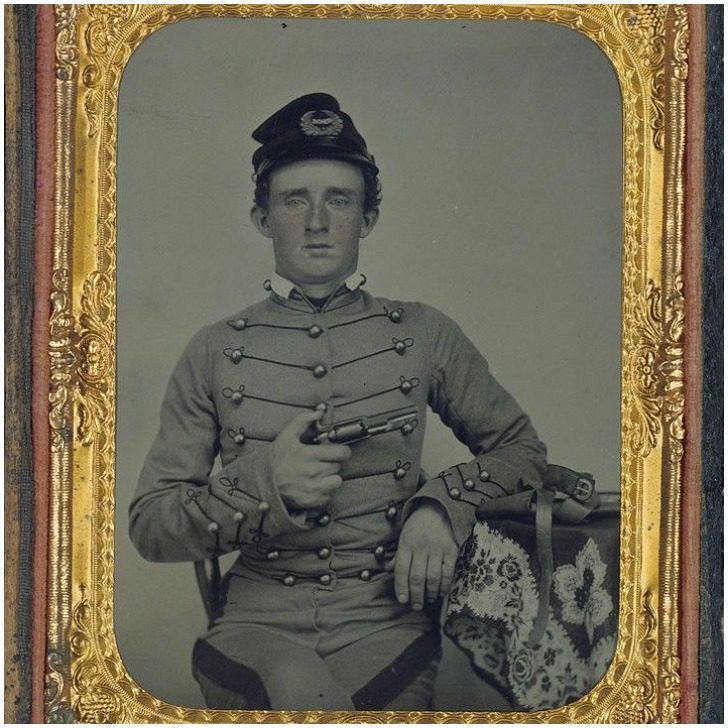
Another general who made it into the history books for the wrong reasons is George Armstrong Custer, who had significant failures throughout his life. From the bottom of his class in the US Military Academy to making an interesting albeit insane stand during the Battle of Little Bighorn, which led to his demise, the officer was one of a kind.
This image was taken in 1860 before Custer grew the signature mustache and went to war. Not many veterans get events named after them, but after his questionable performance in the Bighorn battle, the incident came to be known as Custer's Last Stand.
Calamity Jane
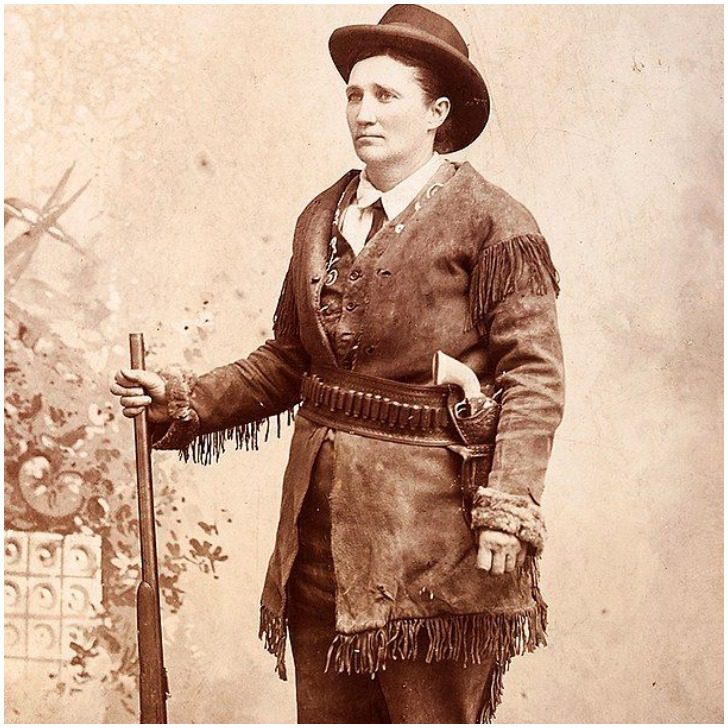
Calamity Jane, whose real name is Martha Jane Cannary, was born in 1852, and we don't think there is anyone in history whose life is shrouded in mystery like hers. The Frontierswoman has quite an array of legends to her name that to date, no one knows which are accurate.
Jane is the ultimate enigma from the Wild West days, and what a way to live life! The woman was also a demagogue, and judging by this picture taken in the 1880s, you wouldn't want to get on her bad side. We wonder what earned her the nickname Calamity Jane though, what could've happened?
Marie Curie
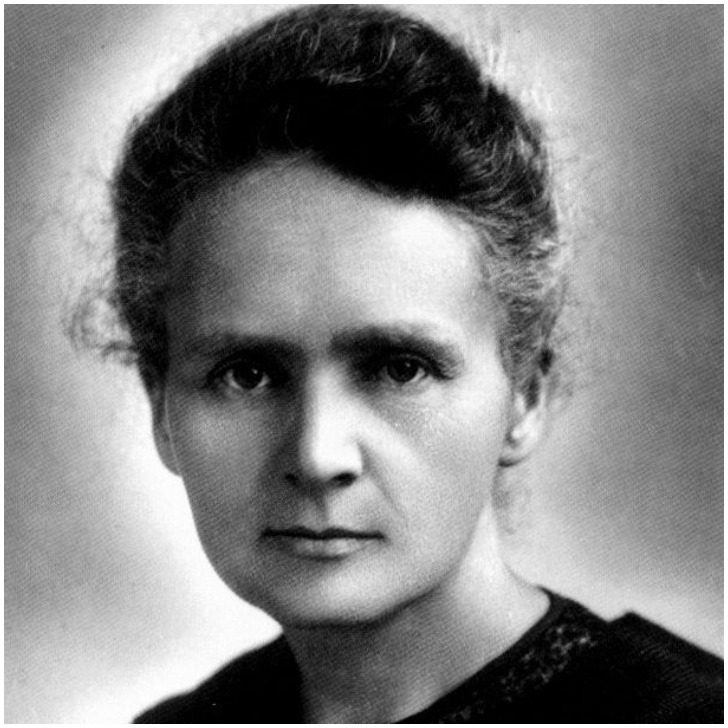
The world is full of brilliant people, and Marie Curie was one of them. The Polish chemist and physicist became the first woman to win the Nobel Prize and the only woman to win the accolade twice. Her work on radioactivity and chemistry won her the prizes, and she's the only person to win the coveted title in two scientific fields.
Curie is credited with discovering Polonium and Radium, and it's no wonder she's considered among the most outstanding scientists of all time. This image of the matriarch was taken in 1900, and we're thankful that her life was documented.
Ichabod Crane
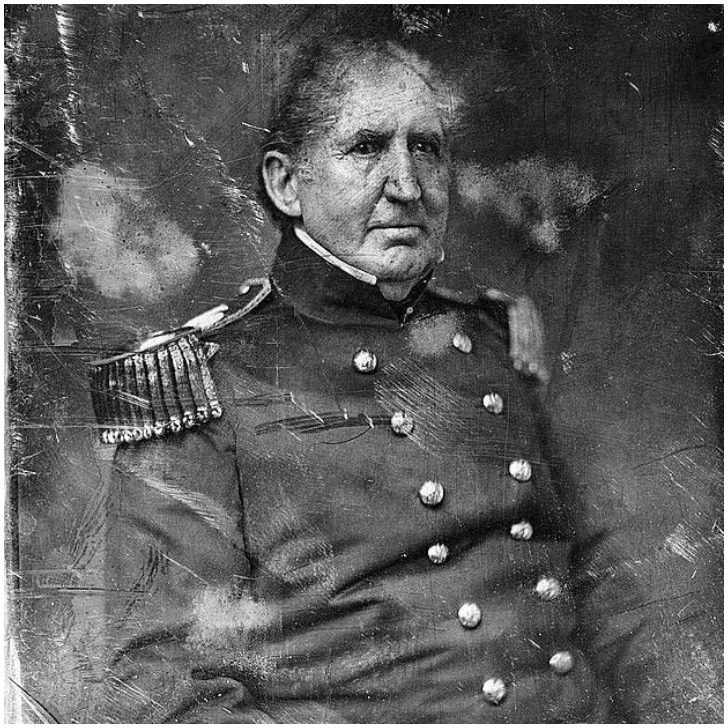
If you're wondering where you might have heard the name Ichabod Crane, it's probably from The Legend of Sleepy Hollow story, written by Washington Irving. While the old folklore was penned in 1820, the author didn't confirm whether the main character is based on the real Colonel Ichabod Crane.
The military officer was born in 1787 and had a long career in the army spanning close to five decades. Crane was respected and loved by everyone around him, and if this image taken in 1848 is anything to go by, he was undoubtedly a charming man.
Chief Seattle
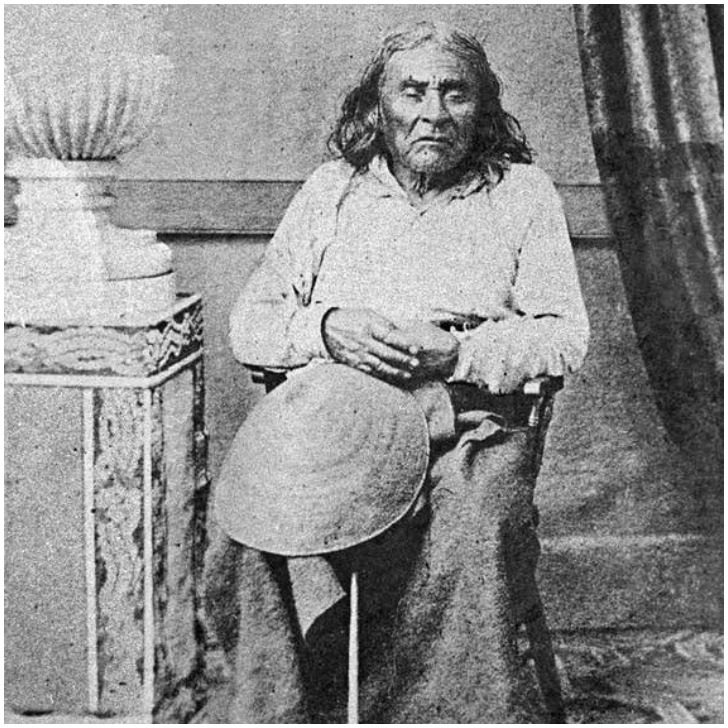
It takes something mind-blowing to have a city named after you, and Chief Seattle's case was no different. Born in 1786, the leader of the Duwamish and Suquamish people of Washington State was at the forefront in establishing relations with the white immigrants of the Pacific Northwest.
Seattle was named after him for his efforts, and what a way to honor the legendary leader! In 1864, he had this image of him taken, and we hope there are more photos of Chief Seattle in the archives; many more people need to see what he looked like.
Lev Tolstoy
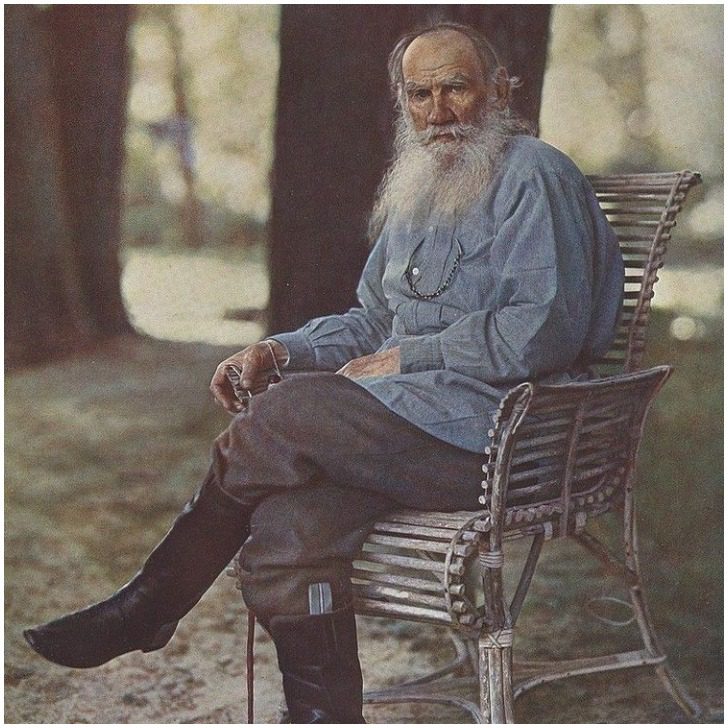
When people are debating about who the greatest writer of all time is, Lev Tolstoy's name never fails to pop up. The influential Russian writer penned incredible books like Anna Karenina and War and Peace which have been read worldwide.
Fun fact; did you know that Tolstoy was nominated for the Nobel Prize in Literature from 1902 to 1906 and didn't win it in any of those years? The coveted accolade eluded the author in his lifetime and after, not winning it to date, and he is pictured here in 1908, looking dapper at 80 years.
Vincent van Gogh
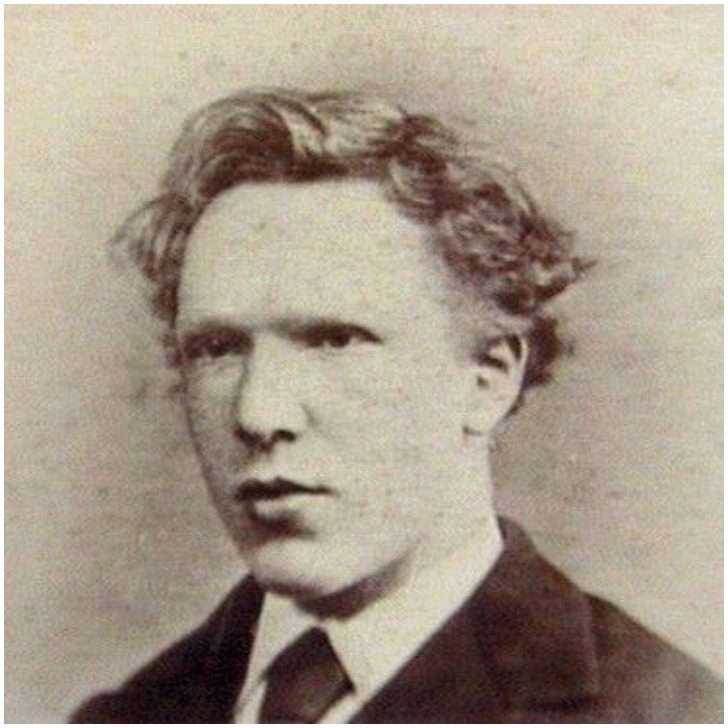
While we have all seen the brilliant works of Vincent van Gogh, have you wondered what he looked like? Well, we've got you covered. This is an image of the genius artist when he was 19 years back in 1872.
Despite his mind-blowing paintings, van Gogh didn't live to see the impact of his work during his lifetime, tragically passing away at the young age of 37. His sister-in-law was responsible for the artist's success, loaning his work to museums and art exhibitions around the globe. While he might be gone, his masterpieces like The Starry Night ensure his immortality.
Conrad Heyer
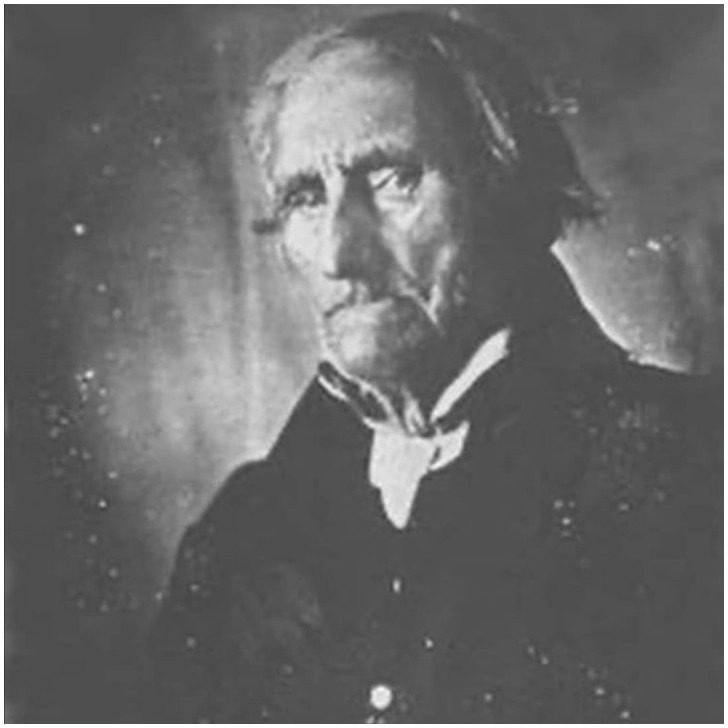
Imagine living over a century to get your picture taken! This is what happened to Conrad Heyer, who is believed to be the earliest-born American and person in the world ever to have themselves photographed. Quite interesting, isn't it?
Heyer is an astonishing 103 years old in this image taken in 1852 and is a war hero, having fought alongside George Washington in the Revolutionary War. This has to be one of the most iconic photos in the world, documenting one of the oldest, influential people at the time.
Andrew Jackson

We don't know the exact likeness of a few of the earliest leaders of the United States, but thanks to the invention of photography, a picture of Andrew Jackson exists. He is the seventh president of the nation, succeeding John Quincy Adams.
Unlike the leader who preceded him, Jackson was born into poverty. Nonetheless, through perseverance, he became a wealthy lawyer that practiced in Tennessee. Aside from becoming the nation's leader, the statesman was famous for the leadership skills he had shown when the war between Britain and the United States took place.
James K. Polk
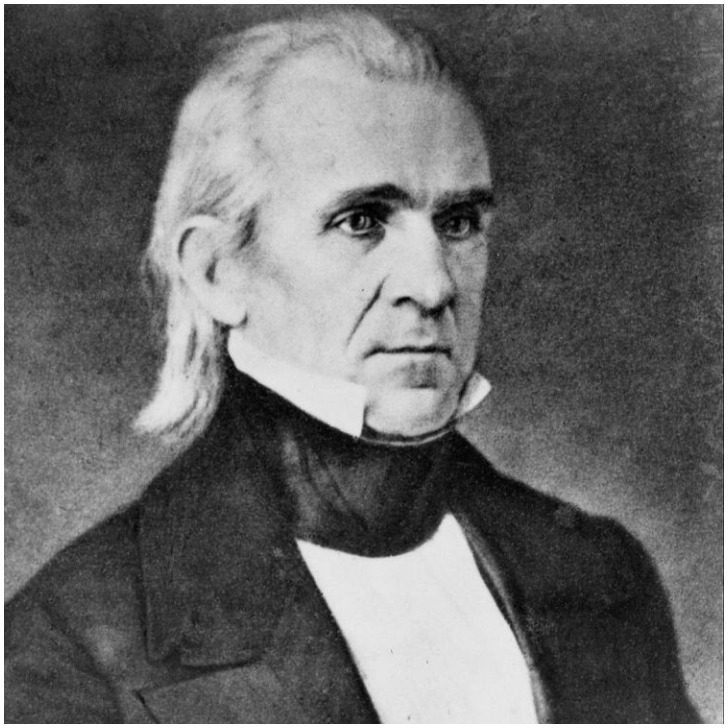
When it comes to the past leaders of the United States, there are those that many people are familiar with, while some names are almost unknown. The man photographed here in 1849, James K. Polk, falls under the latter.
Nevertheless, despite being not very well known, Polk was one of the county's most successful leaders. Under his term, reform of the national banking system happened, and the statesman oversaw an extensive territorial expansion of the United States. Needless to say, people from Oregon have the former chief to thank for their province becoming one of America's fifty states.
Arthur Wellesley
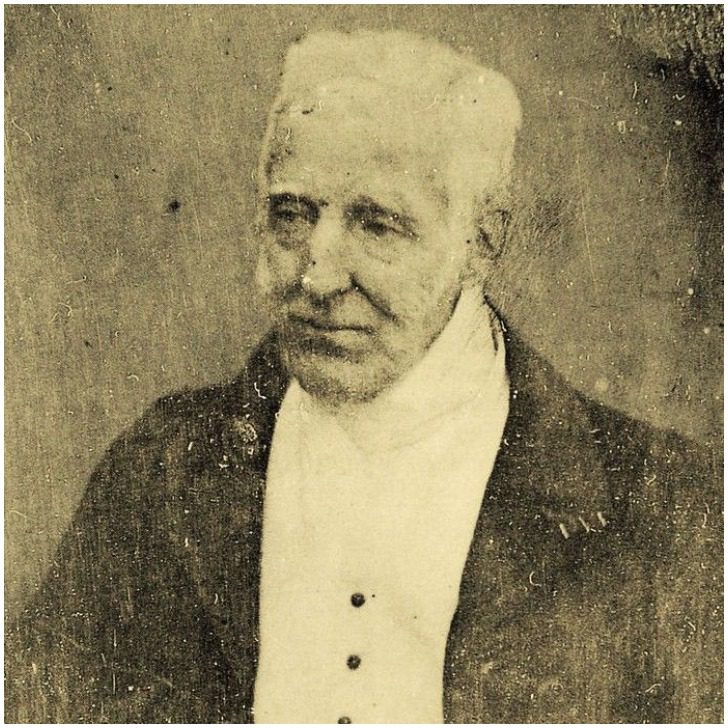
When the name of Arthur Wellesley, also known as the First Duke of Wellington, is mentioned, one word comes to mind -Waterloo. Wellesley, also called the "Iron Duke," was instrumental in the fall and defeat of Napoleon Bonaparte in 1815 at Waterloo. Commissioned in the British Army in 1787, the Dublin-born became famous for his defensive skills.
This 1844 picture is displayed at Stratfield Saye, the duke's country house. The military leader was 75 when Queen Victoria's court photographer, Antoine Claudet, took this snap. Claudet was a student of Louis Daguerre, the man who invented daguerreotype, the first practical photography process used here.
Geronimo
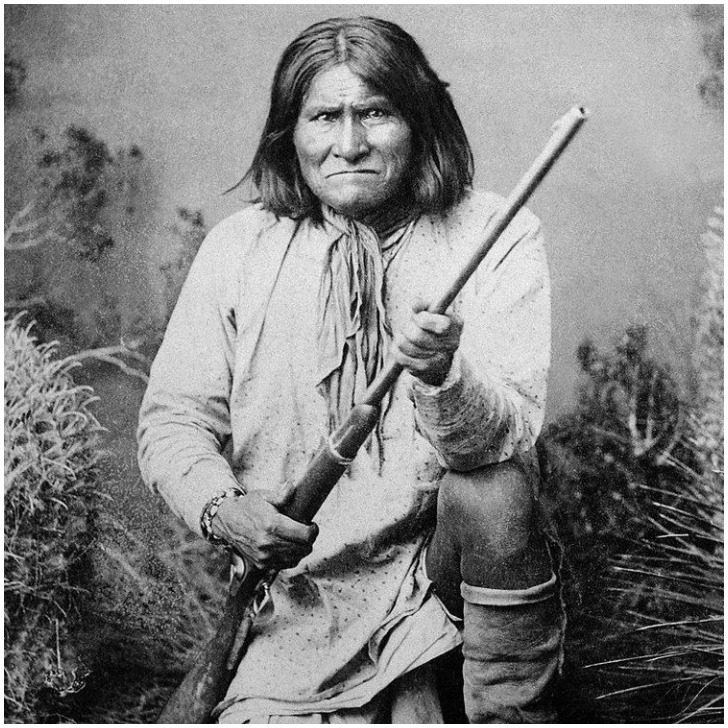
We hear the word "Geronimo!" being yelled by people all the time, usually out of excitement. In the military, it's exclaimed by members of the US Army airborne division when they jump out of airplanes. So, where does that word originated, and why say it during moments of exhilaration?
The origin of the term is actually the name of the person photographed here in 1887. Geronimo was a medicine man and an incredible leader of raids and warfare. His birth name was Mescalero-Chiricahua, and he was a member of the Bedonkohe band of the Apache. It was during a fight with Mexican soldiers that the nickname "Geronimo" came about.
Johnny Appleseed
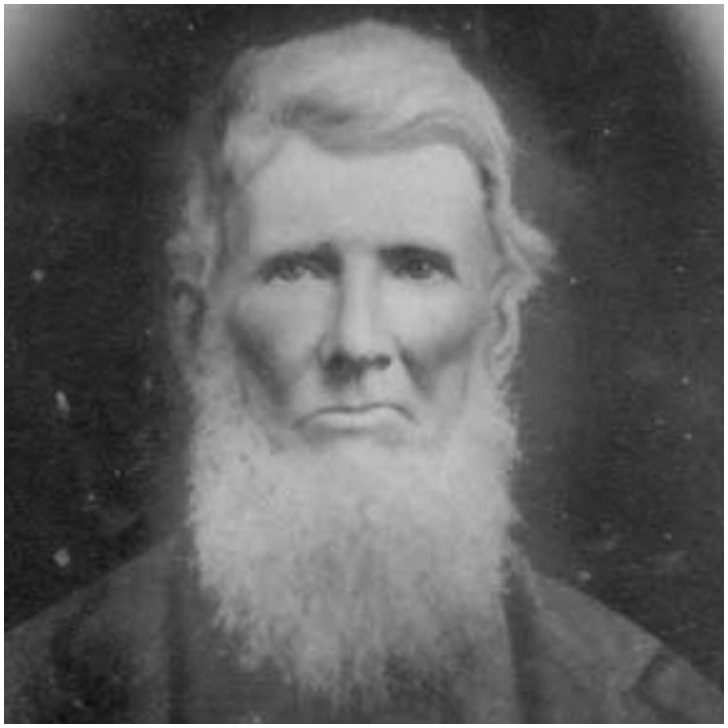
Many would agree that the apple is a godsend because of the health benefits we can from it. Remember the old English proverb pointing out the importance of incorporating the fruit into our diet. Apples are bountiful in the United States, thanks to the man in this photograph, the legendary John Appleseed.
Before thinking the name of the famous fruit came from him, let us point out that his real name was John Chapman. The nurseryman got his famous moniker for being a pioneer in introducing apple trees to many parts of the United States, such as Pennsylvania, Illinois, and Indiana, and even including Ontario, Canada.
Harriet Beecher Stowe
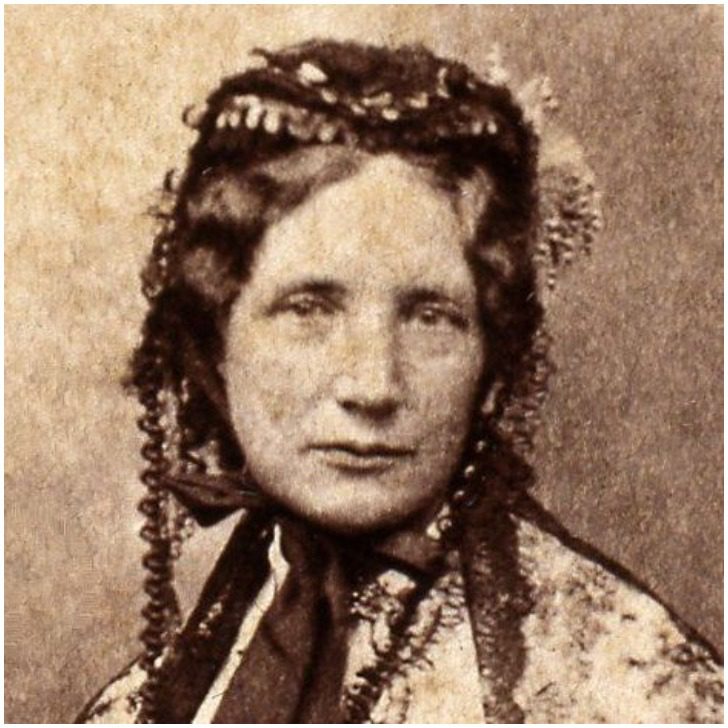
It was indeed a historical day when President Abraham Lincoln issued the Emancipation Proclamation on January 1, 1863. The declaration was made to end servitude, which was prolific in the United States at that time. But years before the arrival of Lincoln, there were already a few advocates that called for the end of servitude, and one of them is the writer and abolitionist Harriet Beecher Stowe.
Look hard into this photo because this is the face of a brave woman. Women were not allowed to speak publicly about their political views back then, yet the author wrote Uncle Tom's Cabin, a book that called attention to the wickedness of slavery.
Isambard Kingdom Brunel
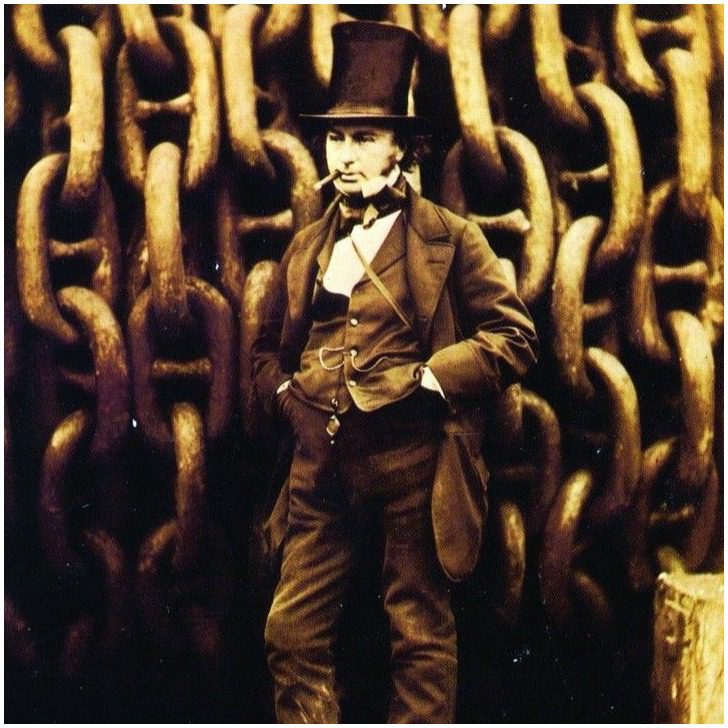
Isambard Kingdom Brunel had his photograph taken the "voguish" way as if his name wasn't cool enough. Doesn't this photograph look like it's part of a Vogue fashion spread, in case they were in publication during the 1850s? Those wondering what those chains behind the man are, they are part of the Great Eastern, one of the ships Brunel designed.
Although the famous civil engineer was born and raised in England, his father was French, hence the un-English last name. The Portsea Island native has been named the second greatest Briton of all time, next to the great Winston Churchill.
Jefferson Davis
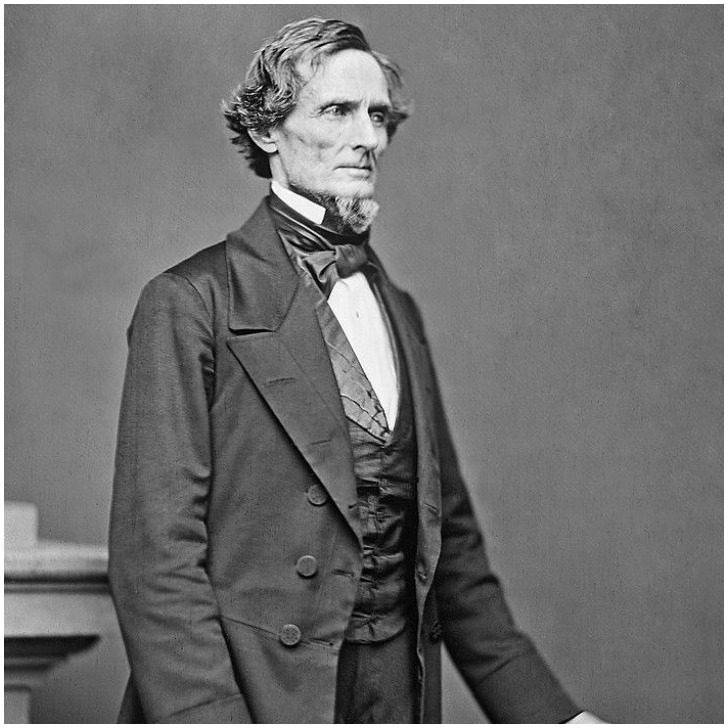
The man photographed here in 1861 is important in the United States history, and his name is Jefferson Davis. He is deemed significant when learning about the past because he is the first and only president of the Confederate States of America. Davis' presidency ended when the Civil War came to a halt in 1865, just four years after this photo was taken.
Before starting his political career, the statesman preoccupied himself with plantation life. Nevertheless, the lure of politics called, and he became a delegate to the Democratic state convention in 1840. The statesman is a known supporter of servitude.
John Herschel
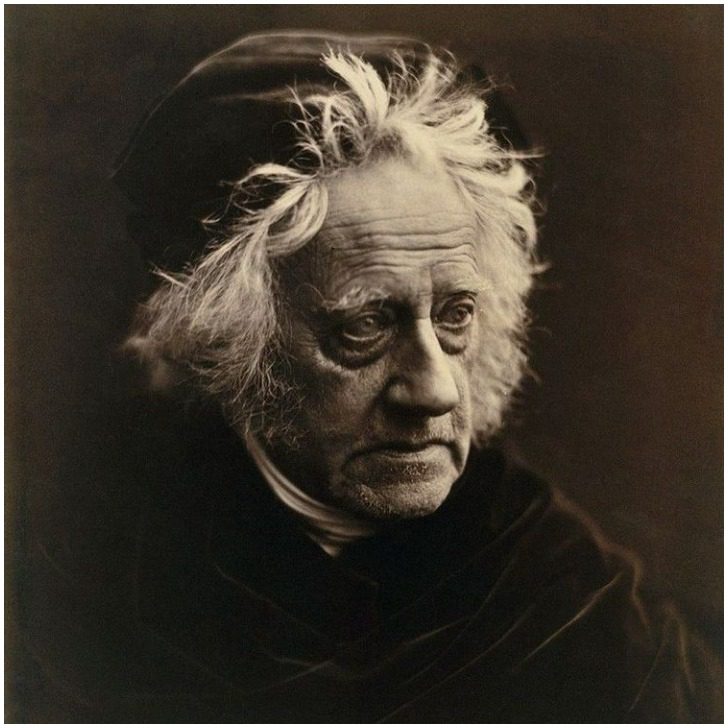
Before thinking about the famous brand of bags, we want to clarify that the guy right here is not all related to it. In fact, John Herschel was born more than a hundred years before the company started creating bags in 2009. Herschel was an English polymath, which means he is knowledgeable about many subjects.
Some of the titles linked to his name are mathematician, chemist, astronomer, experimental photographer, and inventor. The genius was the man behind the blueprint, which is the process used to reproduce specification drawings mainly used in construction.
The Oldest Known Photograph
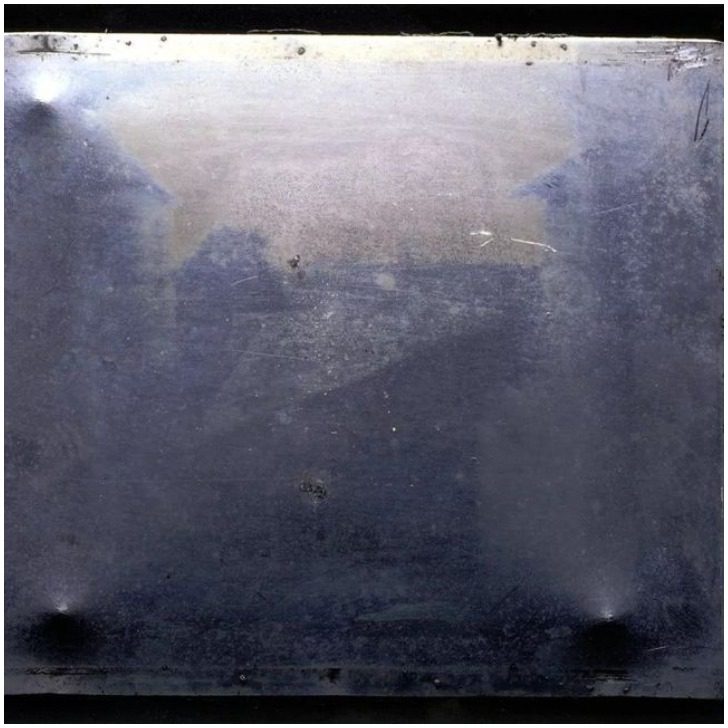
For people who love colorful photos, this one may seem dull. Yet, it's the most important photograph in history, because it's considered the first one ever. Called "View from the Window at Le Gras," the picture was taken by Nicéphore Niépce somewhere between the years 1826 and 1827.
The French inventor was trying to etch an image using bitumen of Judea that he spread on a pewter plate and lavender water. Little did the French man know that he was about to make history with his attempt. Niépce did not call the process "photography" back then; instead, he coined it "heliography" or "light writing."
Butch Cassidy
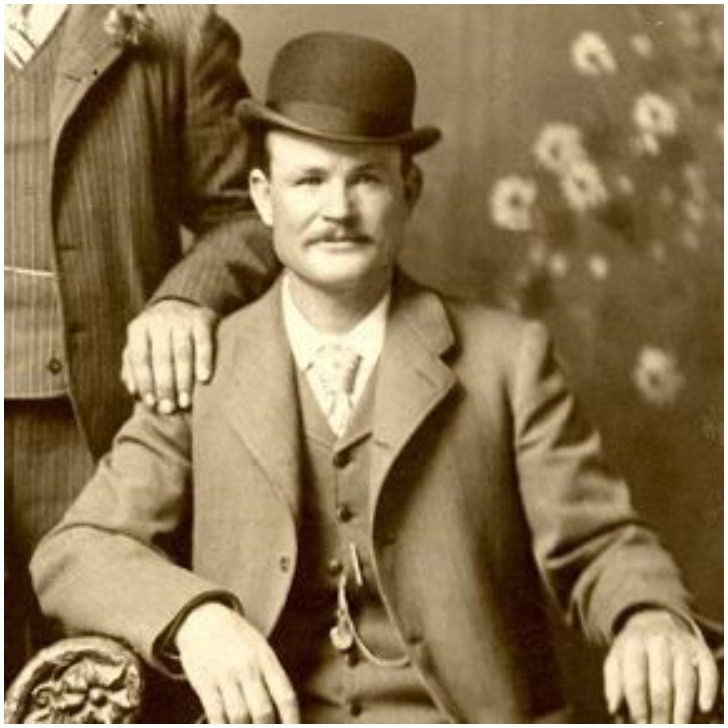
Robert LeRoy Parker, more popularly known as Butch Cassidy, rose to fame with his decade-long criminal career towards the end of the 19th century. One of the most prominent icons of the Wild West, Cassidy robbed trains and banks while leading a gang called the Wild Bunch.
This photo of the Fort Worth Five, taken in 1900 in Texas, was widely used by authorities for 'wanted' posters. Shortly after this was taken, the famous outlaw fled America to hide in Argentina. With conflicting statements about the last few years of his life, his story has since been used to cement his place in Wild West history.
Rasputin
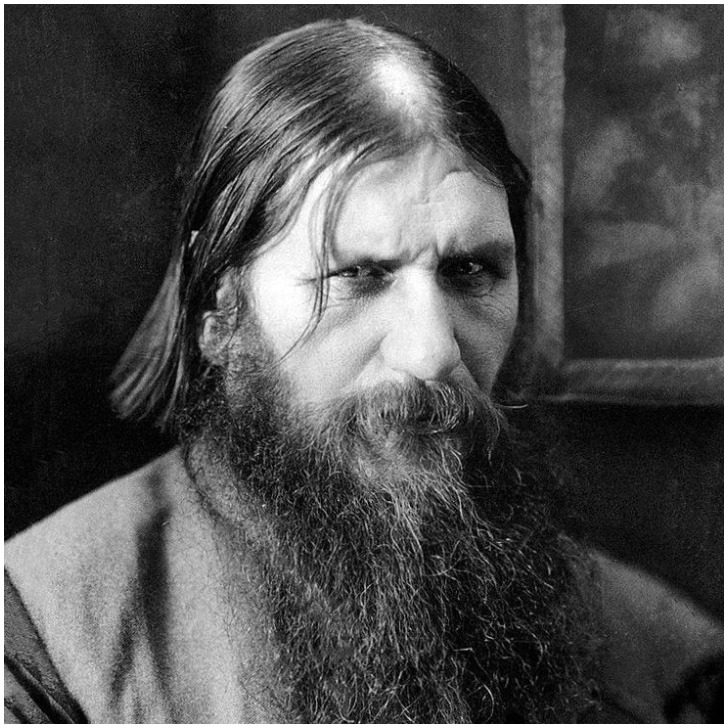
Grigori Rasputin was born to a peasant family in 1869. Widely regarded as a mystic, he became good friends with Tsar Nicholas II, the last emperor of Russia. The self-proclaimed holy man was a constant presence in their court, acting as a healer for the imperial couple’s sick son, Alexei.
When Tsar Nicholas left for World War I, he gave more power to Rasputin, much to the chagrin of his enemies which led to a failed attempt on his life. This photo was captured shortly before his life was taken by a group of nobles who did not approve of his considerable influence over the imperial family.
Jesse James
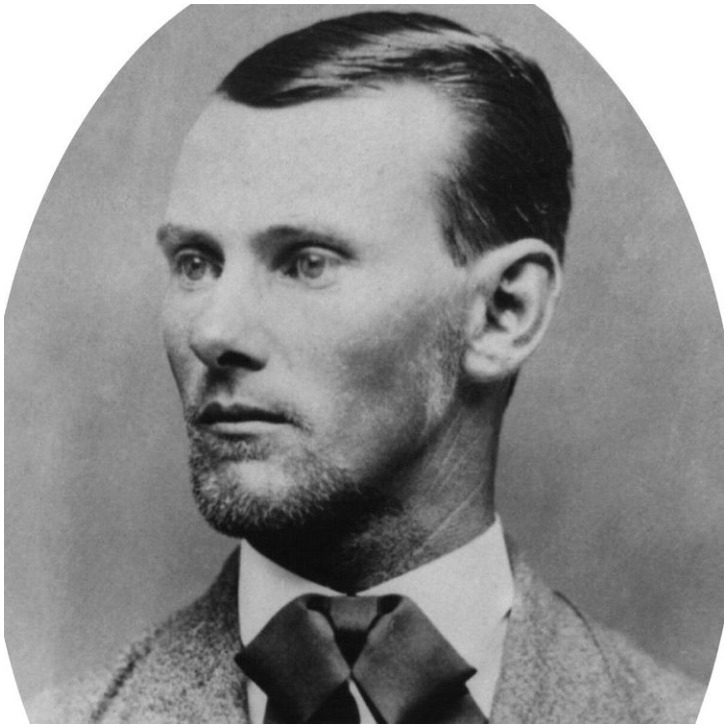
We’ve all heard of stories about the famous outlaw Jesse James, whose name has practically become synonymous with bandits and the Wild West. He was born in Missouri, where his family owned a large farm. During the American Civil War, James started joining guerrilla organizations with his brother at the young age of 16.
After the war, he teamed up with other former Confederates to form the James-Younger Gang, which was later disbanded. This photo captures James' last moments before he was betrayed by several friends who took his life in 1882, leaving an undying legacy in his wake.
John Brown
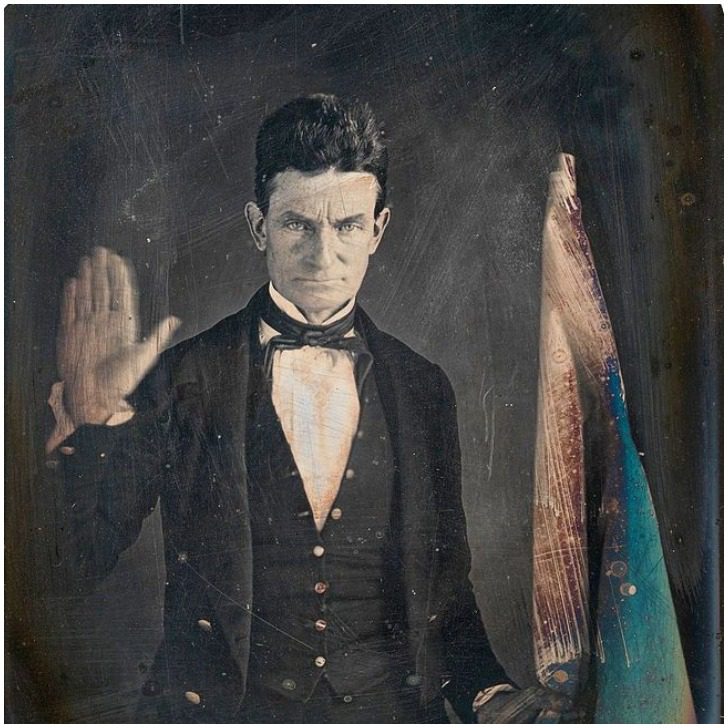
John Brown, born in Connecticut, moved with his family to Ohio when he was 5, where he spent most of his childhood. It was also in this state where he learned about abolitionism, which set the foundation for his future role as an abolitionist leader.
This photo was taken in 1846 or 1847 before he led a massive raid on the Harpers Ferry Armory which proved to be unsuccessful. Brown, along with several of his men, was captured, confined, and had to pay with his life. This brave act is widely considered to be one of the last events that led to the American Civil War.
Martin Van Buren
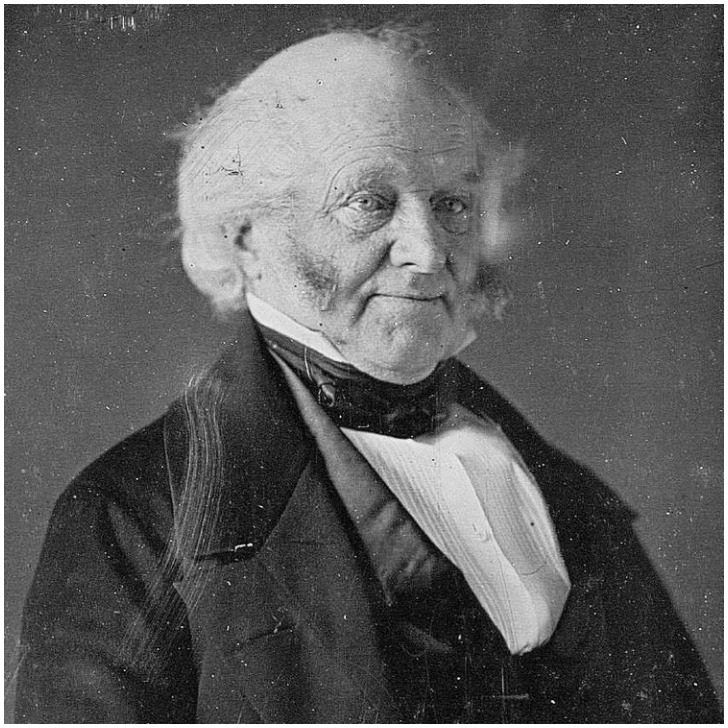
Martin Van Buren held the eighth Presidency of the United States and served during the years 1837-1841. He was born in New York and studied to become a lawyer, proving to be an active participant in the political scene when he was just 18 years old.
His career is widely credited to have been an important part of the development of the American political system as we know it now. This photo, taken in 1849-1850, shows a smiling Van Buren shortly before his retirement from politics, after which he went on to live a long and fruitful life, even outliving four of his immediate successors!
